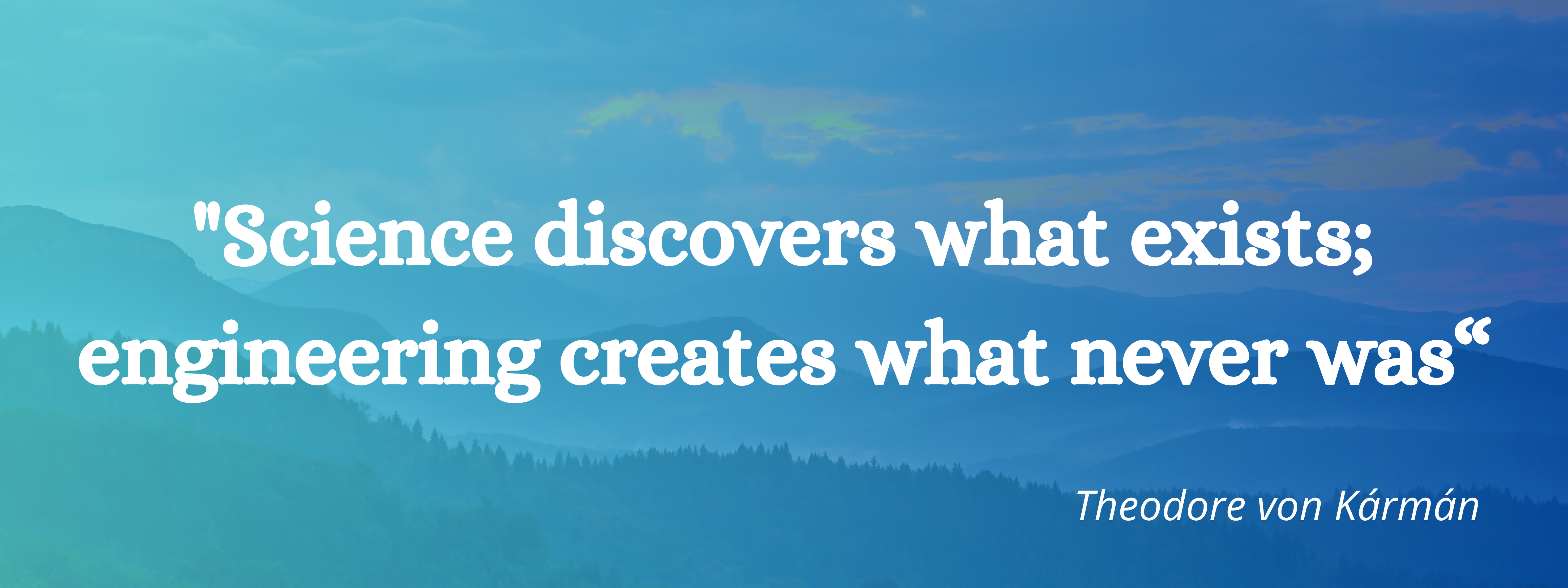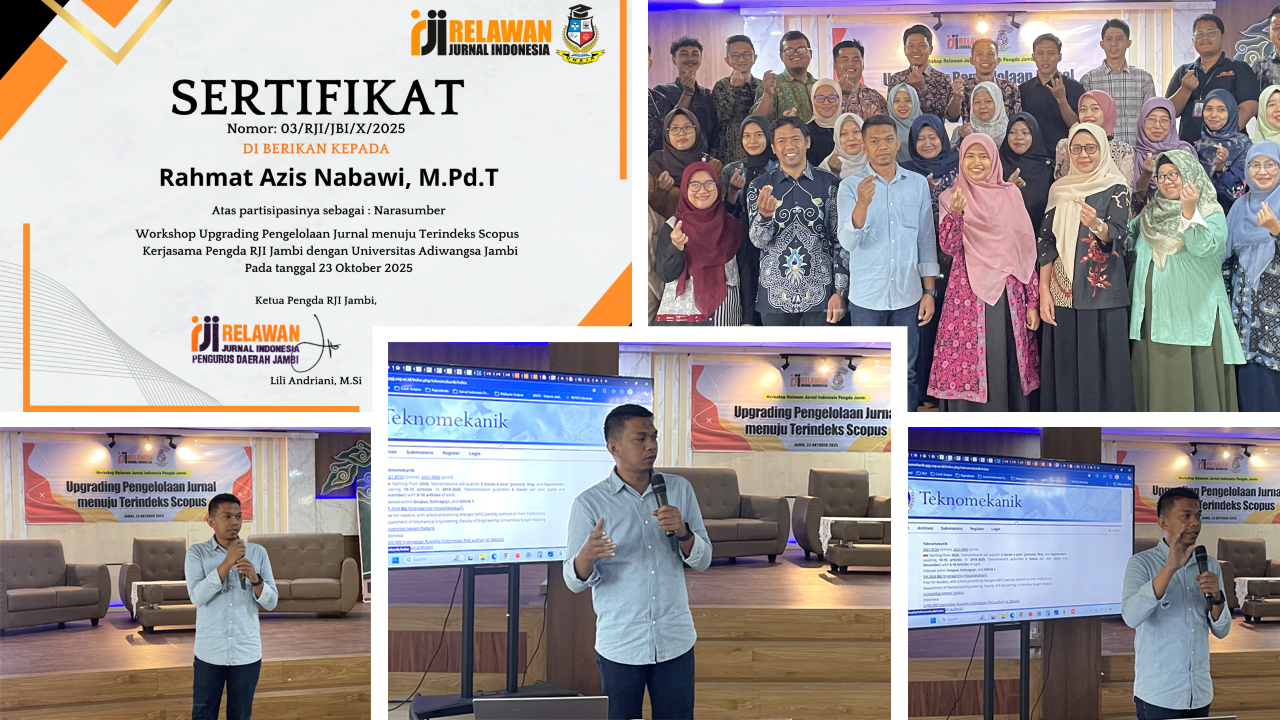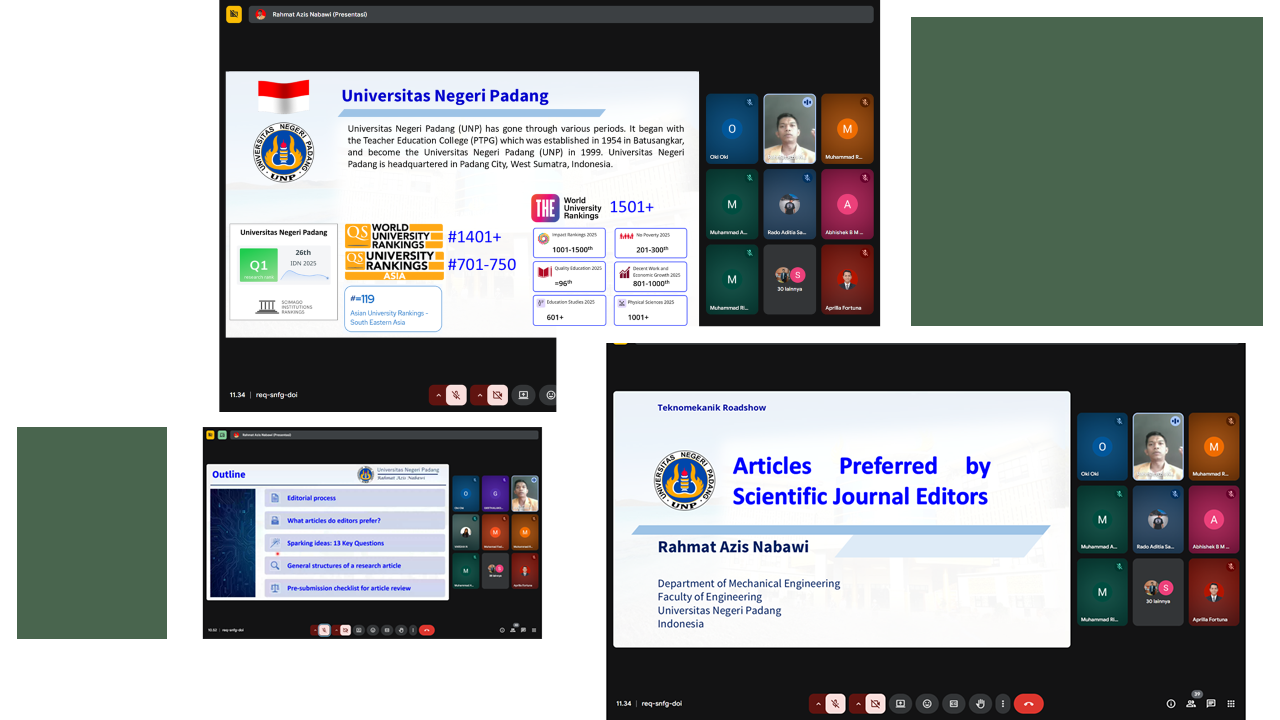Redesign Shovel To Be More Efficient, Convenient and Safe
DOI:
https://doi.org/10.24036/teknomekanik.v4i1.10372Keywords:
Multifunction Shovel, Combine Tools, Minimize physical Workload, Reduce Time, SafetyAbstract
Shovel, hoe, fork hoe, and hole digger are commonly used in various material handling work manually. So far, only a few studies have been done for special ergonomically designed tool that will serve the purposes of the shovel, hoe, fork hoe, and hole digger. This research examined the efficiency of specifically combined tools shovel, hoe, fork hoe, and hole digger named as multifunction shovel for digging, lifting, and moving bulk materials such as soil, coal, gravel and sand. This project was built to minimize physical workload, reduce the time taken to perform this task, and mitigate health and safety risks. There were 20 respondents involved in this study and they were required to test the project before completing observation checklists and questionnaires. The findings revealed that the students had strong approval on each function and feature of the project. There were a few recommendations on how the project could be improved to be safer and more efficient.
Downloads
References
Butlewski M., Misztal A., Jasiulewicz-Kaczmarek M., Janik S., Ergonomic and Work Safety Evaluation Criteria of Process Excellence in the Foundry Industry, Metalurgija, 53 (2016) 4, 701-704
Frievalds, A., Kim, Y.J., 1990. Blade size and weight effects in shovel design. Applied Ergonomics 21, 39-42.
Koebel, C.T., Papadakis, M., Hudson, E., and Cavell, M. (2017) The Diffusion of Innovation in the Residential Building Industry. Center for Housing Research, Virginia Polytechnic Institute, Blacksburg, VA and NAHB Research Center, Upper Marlboro, MB.
Arditi, D., Kale, S and Tangkar, M. (2017) Innovation in construction equipment and its flow into the construction industry. J. of Const. Eng. and Management, 123(4), 371-378.
Krejcie, R.V. & Morgan, D.W. (1970). Determining Size For Research Activities. Massachusetts: Allyn dan Bacon.
Bridger, R. S., Cabion, N., Goedecke, J., Rickard, S., Schabort, E., Westgarth-Taylor, C., Lambert, M.I., 2016. Physiological and subjective measures of workload when shovelling with a convention and two-handled (‘levered’) shovel. Ergonomics 40, 1212-1219.
Bridger, R. S., Cabion, N., Goedecke, J., Rickard, S., Schabort, E., Westgarth-Taylor, C., Lambert, M.I., 2011. Physiological and subjective measures of workload when shovelling with a convention and two-handled (‘levered’) shovel. Ergonomics 40, 1212-1219.
Harty, C. (2018) Innovation in construction: a sociology of technology approach. Building Research and Information, 33(6), 512-522.

Downloads
Published
Issue
Section
License
Copyright (c) 2021 hasrul halimoon (Author)

This work is licensed under a Creative Commons Attribution 4.0 International License.






